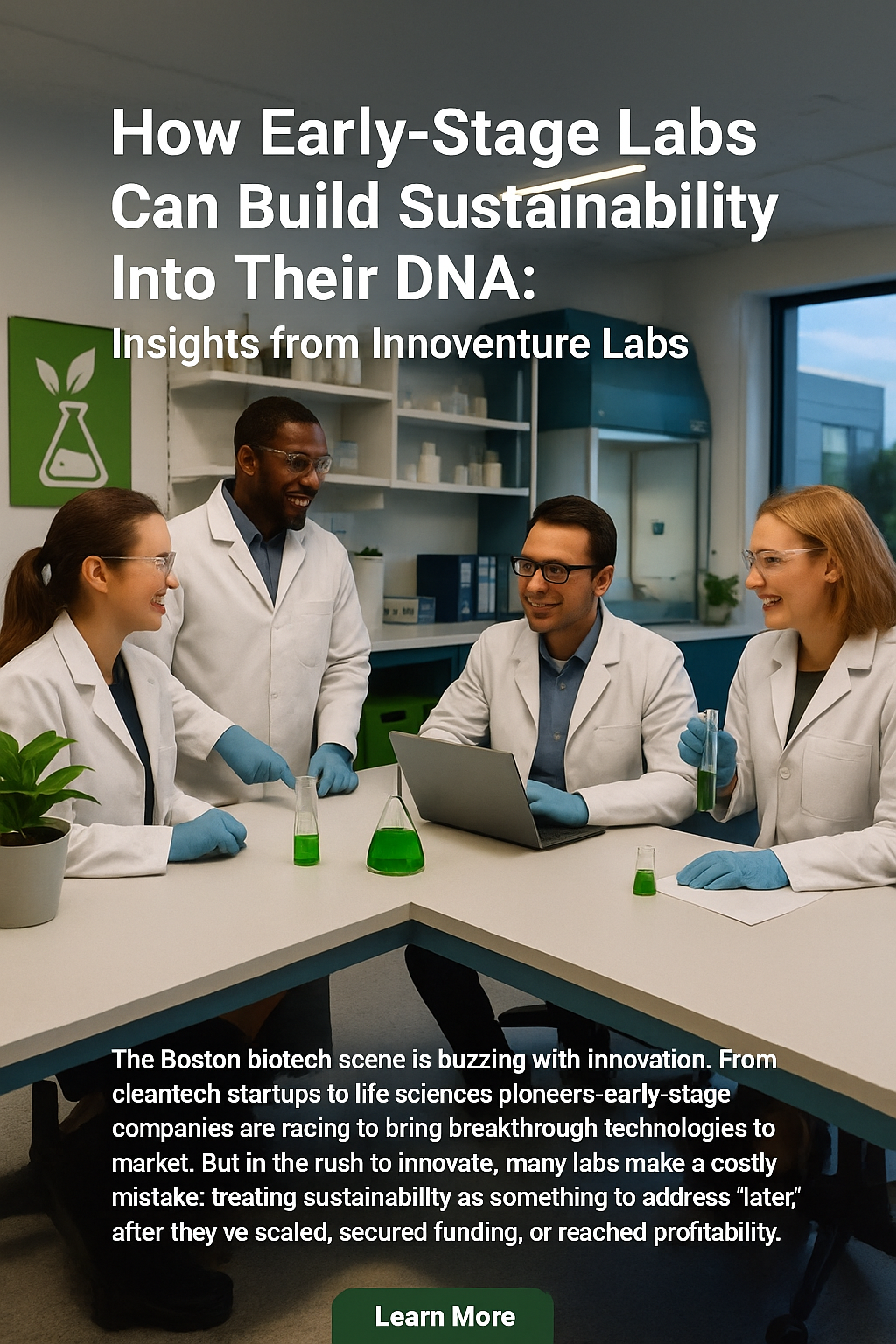Reducing Chemical Waste in Research Labs: 5 Smart Strategies
Reducing Chemical Waste in Research Labs: 5 Smart Strategies

Toxic chemicals are choking our planet. A shocking 2022 UN report reveals that chemical pollution threatens Earth's stability as much as climate change. Research labs are leading the charge in waste reduction, and the results are staggering.
MIT's Green Labs program slashed their chemical waste by 12% in just one year. That's 6,000 pounds of hazardous materials kept out of landfills and waterways.
Your lab can achieve similar results. Here are five proven strategies to cut chemical waste, boost your bottom line, and protect our environment.
1. Implement a Chemical Inventory Management System
Gone are the days of manual tracking. A robust inventory system is your first line of defence against waste. Here's why it works:
- Prevents overbuying
- Tracks expiration dates
- Optimizes purchasing
- Improves safety compliance
The University of Washington implemented a barcode-based chemical tracking system. The result? A 30% reduction in chemical purchases and an estimated annual savings of $400,000.
2. Minimize Expired Chemicals
Expired chemicals are literally money down the drain. Here's how to tackle this issue:
- Adopt a first-in-first-out (FIFO) system
- Store chemicals properly to extend shelf life
- Train staff on proper handling
- Review inventory regularly
💡Tip: Create a "use soon" list for chemicals nearing expiration. Share it lab-wide to encourage usage. This simple step can save thousands of dollars annually.
Harvard University's Chemistry Department implemented this strategy. They reduced their chemical waste by 25% and saved over $100,000 in disposal costs annually.
3. Embrace Green Chemistry Alternatives
Green chemistry offers practical solutions for waste reduction. Here are effective alternatives to consider:
- Replace harmful solvents with water-based options
- Use catalysts to reduce reaction steps
- Opt for room-temperature reactions when possible
- Choose renewable feedstocks
Pfizer's implementation of green chemistry principles led to the elimination of 1.9 million pounds of waste per year in the production of their drug Lyrica.
4. Set Up an Effective Chemical Sharing Program
One lab's waste can be another's treasure. A well-organized sharing program can:
- Reduce overall chemical purchases
- Minimize disposal costs
- Foster collaboration between research groups
MIT's chemical reuse program is a stellar example. In its first year, it saved $40,000 and diverted 1,600 pounds of chemical waste. That's a win for the budget and the environment.
5. Master Proper Chemical Disposal and Recycling
When disposal is necessary, do it right:
- Train all staff on proper procedures
- Set up clearly labelled waste streams
- Partner with certified waste management companies
- Explore recycling options for solvents and metals
Remember, EPA guidelines for hazardous waste disposal are strict. Non-compliance can result in hefty fines. But proper disposal isn't just about avoiding penalties. It's about responsibility and sustainability.
Implementing these strategies isn't just good practice. It's good business. You'll cut costs, boost efficiency, and create a safer workplace. Start small. Pick one strategy and implement it this week. Build from there.
Every step counts. By reducing your lab's chemical waste, you're contributing to a more sustainable future for scientific research. It's not just about compliance or cost-saving. It's about leading the way in responsible research practices.
.jpg)

